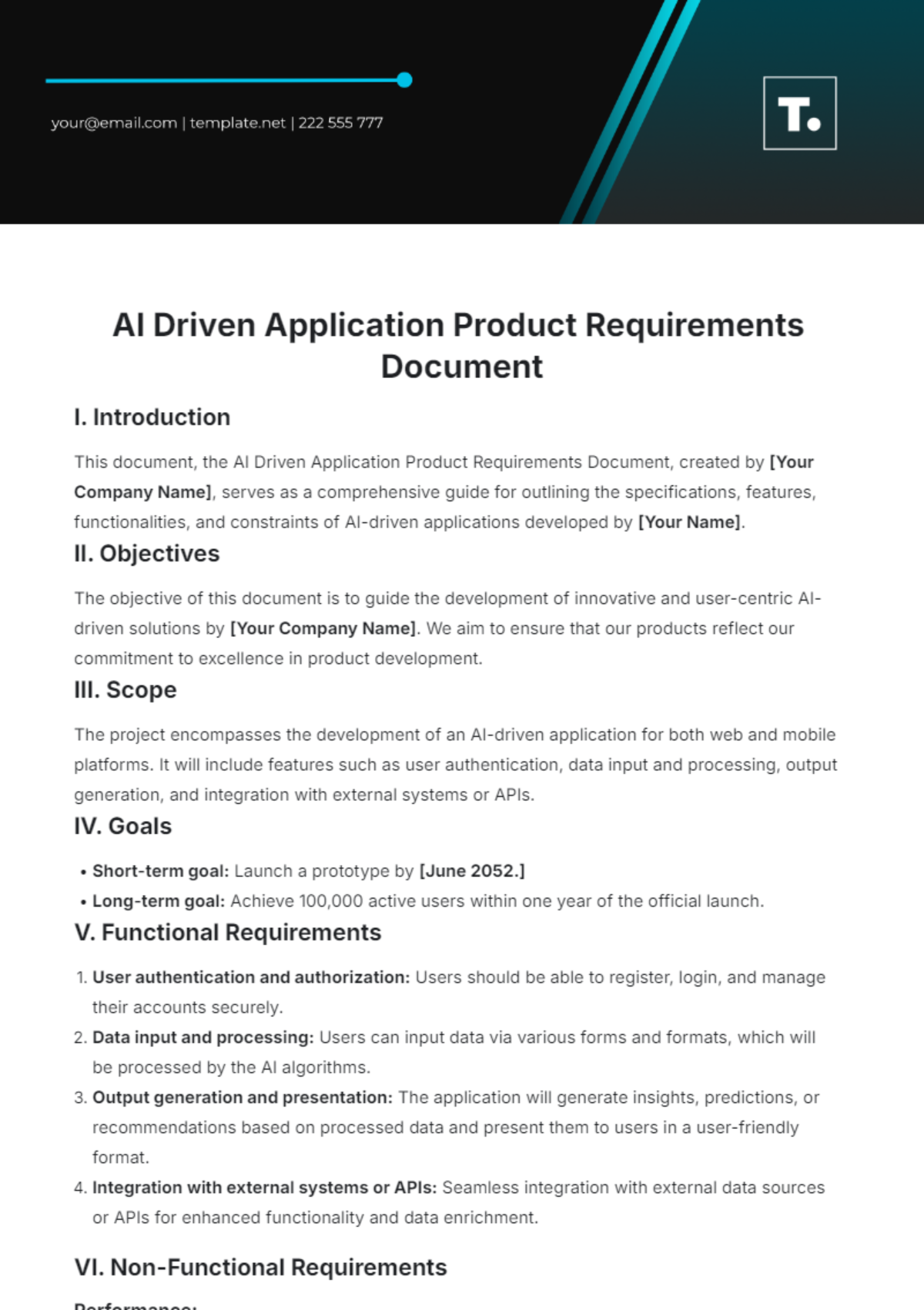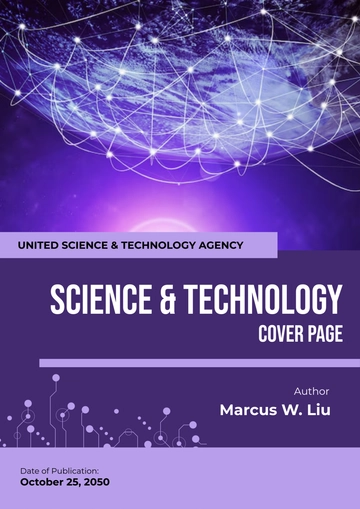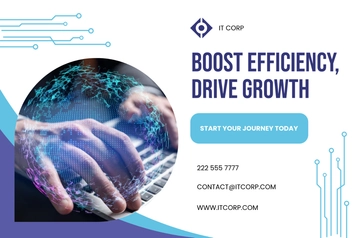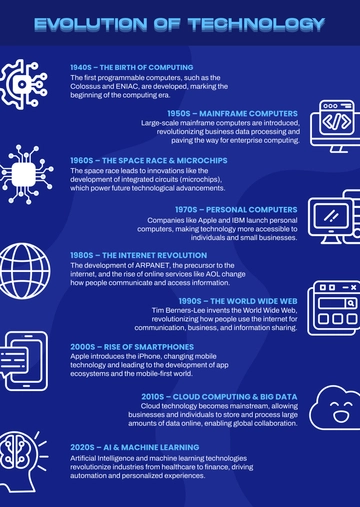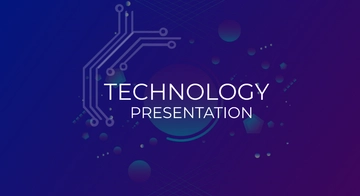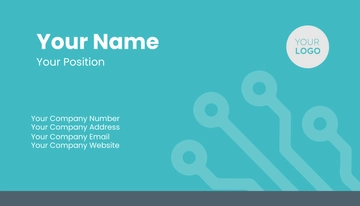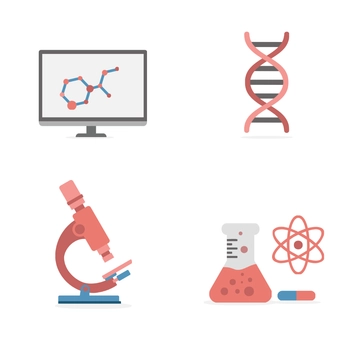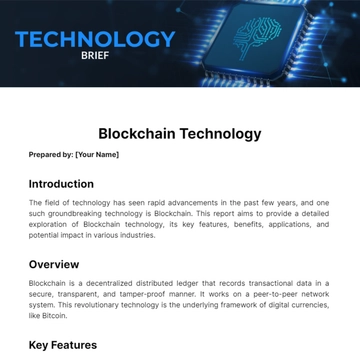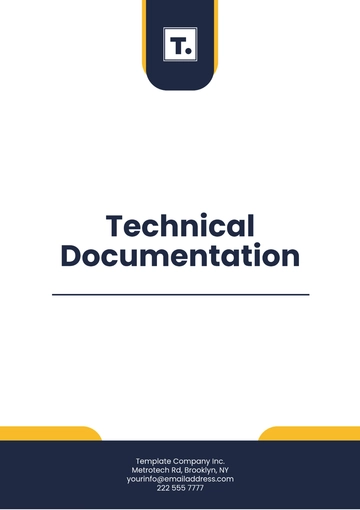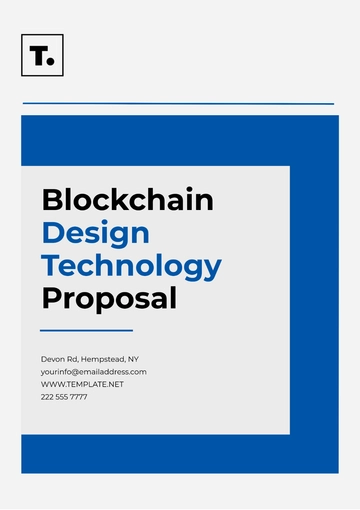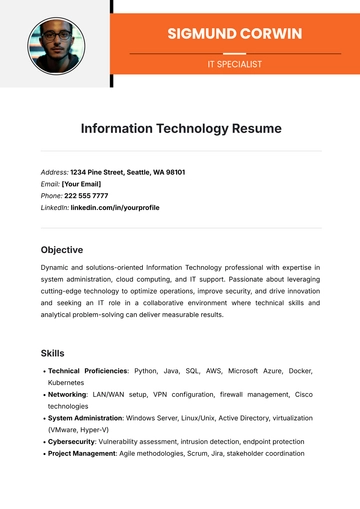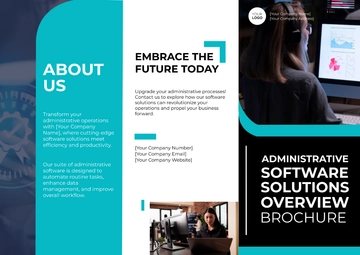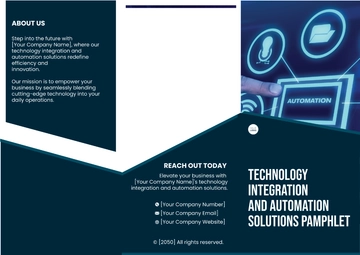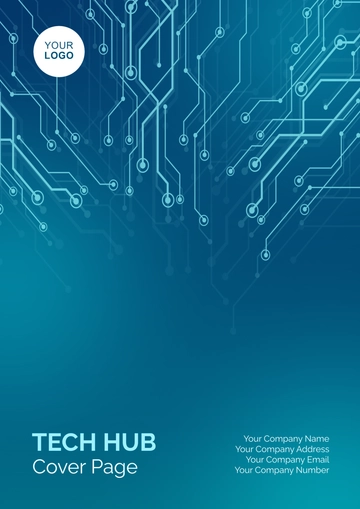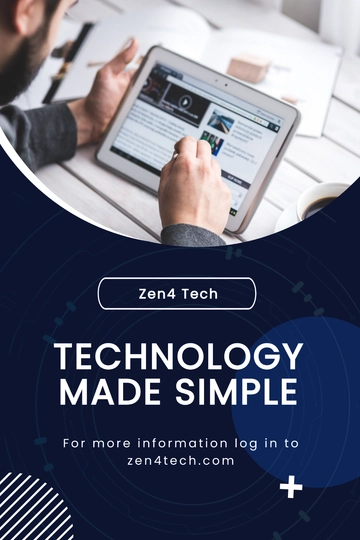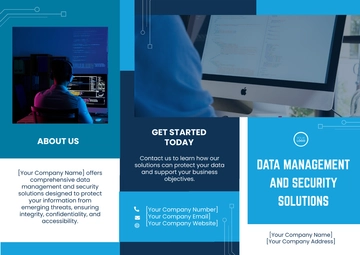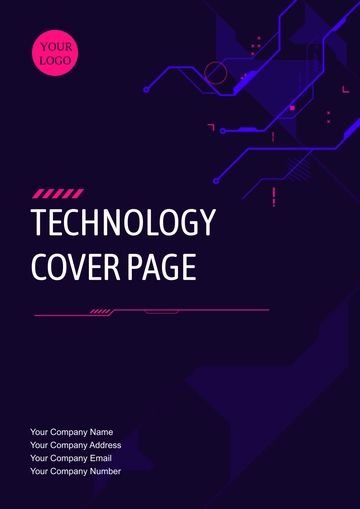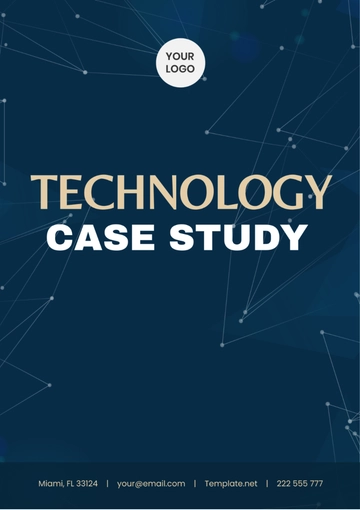AI Driven Application Product Requirements Document
I. Introduction
This document, the AI Driven Application Product Requirements Document, created by [Your Company Name], serves as a comprehensive guide for outlining the specifications, features, functionalities, and constraints of AI-driven applications developed by [Your Name].
II. Objectives
The objective of this document is to guide the development of innovative and user-centric AI-driven solutions by [Your Company Name]. We aim to ensure that our products reflect our commitment to excellence in product development.
III. Scope
The project encompasses the development of an AI-driven application for both web and mobile platforms. It will include features such as user authentication, data input and processing, output generation, and integration with external systems or APIs.
IV. Goals
Short-term goal: Launch a prototype by [June 2052.]
Long-term goal: Achieve 100,000 active users within one year of the official launch.
V. Functional Requirements
User authentication and authorization: Users should be able to register, login, and manage their accounts securely.
Data input and processing: Users can input data via various forms and formats, which will be processed by the AI algorithms.
Output generation and presentation: The application will generate insights, predictions, or recommendations based on processed data and present them to users in a user-friendly format.
Integration with external systems or APIs: Seamless integration with external data sources or APIs for enhanced functionality and data enrichment.
VI. Non-Functional Requirements
Performance:
Response time for key operations: All critical operations should have a response time of <5 seconds.
Maximum concurrent users supported: The application should support up to 10,000 concurrent users without degradation in performance.
Security:
Scalability:
Expected user growth rate: The application should accommodate a user growth rate of 20% per month.
Horizontal scaling strategy: Kubernetes will be used for horizontal scaling to handle increased user load.
Vertical scaling strategy: AWS RDS will be used for vertical scaling to handle database workload.
VII. Development Roadmap
VIII. Stakeholder Communication
Meetings: Weekly status meetings every Monday to discuss progress, issues, and upcoming tasks.
Reporting mechanisms: Bi-weekly progress reports sent via email to stakeholders, highlighting key achievements, challenges, and next steps.
IX. Risk Management
X. Quality Assurance
Unit testing: Ensure individual components and modules function correctly.
Integration testing: Verify seamless interaction between different modules and systems.
User acceptance testing: Validate the application's functionality, usability, and performance against user expectations.
[Your Name]
[Your Company Name]
[Your Email]
Product Requirements Document Templates @ Template.net
